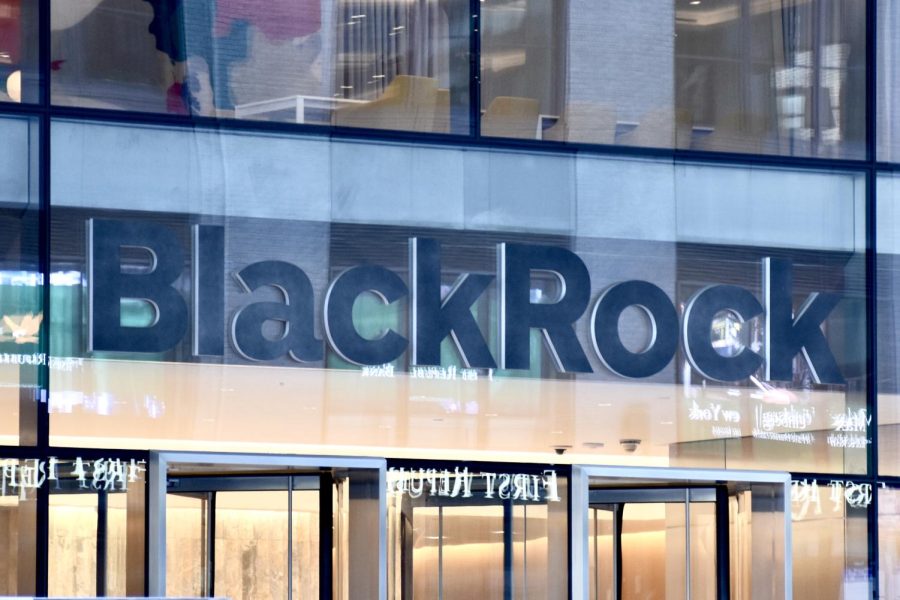FDIC asks BlackRock to clean up bank acquisitions
May 15, 2023
]The Federal Deposit Insurance Corp. announced BlackRock Inc. was appointed to aid in selling billions of dollars’ worth of securities on April 5.
The collapse of several large regional banks caused federal regulators to enlist the world’s largest asset manager’s assistance after seizing three collapsing banks.
“We’re here to advise. We’re here to navigate. And through all that, there is an opportunity for something inorganic and transformational,” Larry Fink, chair and CEO at BlackRock, said in an earnings call. “We’re going to be prepared to do something like that, but I’ll just leave it at that.”
Since March, the FDIC has seized First Republic Bank, SVB Financial Group and Signature Bank after each failed. The value of the banks’ assets plummeted after aggressive interest rate hikes caused a bank run among depositors.
When a company takes another company into receivership, it manages all of its assets and financial decisions. The FDIC’s takeover left it with $114 billion in volatile assets to sell.
The FDIC announced that BlackRock Financial Market Advisory would assist in the sale of the portfolios, saying the group would “conduct portfolio sales, which will be gradual and orderly and will aim to minimize the potential for any adverse impacts on market functioning by taking into account daily liquidity and trading conditions.”
BlackRock manages over $8.6 trillion worth of assets as of this year. Conditionally, the firm advises on risk management for buy-side hedge funds and is one of the largest buyers of collateralized debt, distressed debt and mortgage-backed securities.
In 2008, BlackRock managed and restructured most of the distressed and collateralized debt acquired from Lehman Brothers and Bear Stearns Co., allowing BlackRock to create commercial financial instruments from the debt acquired.
Collateralized debt comes in the form of loans that have either defaulted or were sold off, packed into an obligation bounded by assets. Obligations are usually made up of mortgage-backed securities or distressed debt, which is when a bankrupt corporation withholds a tremendous amount of its debt.
BlackRock’s unique method of managing distressed and collateralized debt by turning it into securities and commercialized obligations has allowed the firm to profit from debt and expand its acquisition arm.
This form of asset restructuring allows BlackRock to sell financial instruments to hedge funds and investment banks — especially to firms’ trading arms, since the created securities can be bought and sold at different prices, premiums and discount rates. Similar trading occurred in 2008 with hedge funds.
Most of the securities BlackRock will manage over the forthcoming months derive from mortgage-backed securities, coming from agencies and commercial lenders, according to the FDIC.
BlackRock’s FMA portfolios will increase by $87 billion and $27 billion, respectively, once the debts from SVB and Signature Bank are transferred to BlackRock’s asset managers.
In the following months, BlackRock will restructure and manage the securities from recent bank failures, most likely creating commercial obligations in an attempt to oversee risk and mitigate a potential national securities crisis.








